French pastry chefs have given the world some of the most heavenly desserts known to mankind. Their creations range from buttery, flaky pastries to delicate, cream-filled confections that can make your taste buds dance with joy. But not every French sweet treat lives up to the hype. Let me take you on a journey through the best of French patisserie—and a few that might leave you wondering what all the fuss is about.
1. Tarte Tatin
Born from a cooking mishap at the Tatin sisters’ hotel in the 1880s, this upside-down apple tart has become a beloved French classic.
The apples are caramelized to golden perfection in butter and sugar before being topped with pastry and baked. When flipped over, the result is a stunning dessert with deeply caramelized fruit atop a buttery, flaky crust. The contrast between the soft, sweet apples and the crisp pastry creates an irresistible texture combination.
Traditionally served warm with a dollop of crème fraîche or vanilla ice cream, Tarte Tatin balances sweet and tangy notes perfectly. Its rustic appearance belies the complex flavors that develop during the caramelization process.
2. Crème Brûlée
Few desserts offer the sensory delight of cracking through a paper-thin caramelized sugar crust to reach the silky custard beneath. This classic French dessert dates back to the 17th century and remains popular for good reason.
The contrast is magical—the brittle, glassy caramel shatters with a tap of your spoon, revealing the smooth, vanilla-infused custard waiting below. Despite containing just a handful of ingredients (cream, egg yolks, sugar, and vanilla), the execution requires precision.
The real drama comes from the tableside torching of the sugar topping, transforming ordinary sugar into a golden, glassy sheet. When made properly, this dessert achieves the perfect balance between rich creaminess and sweet crunch.
3. Mille-Feuille
Stacked like delicious architecture, the mille-feuille (meaning ‘thousand leaves’) showcases the French mastery of puff pastry. Each bite delivers an explosion of textures—shattering pastry, smooth vanilla cream, and sometimes a touch of fruit or chocolate.
The classic version features three layers of puff pastry separated by two layers of rich pastry cream, topped with fondant icing or a dusting of powdered sugar. Modern variations might include raspberries, chocolate, or coffee flavorings that complement the vanilla base.
Watching a skilled pastry chef slice through a mille-feuille without crushing its delicate structure is a testament to French technique. The dessert strikes that perfect balance between substantial and light, making it an ideal afternoon indulgence with coffee.
4. Macarons
These delicate almond meringue sandwiches have become France’s most photogenic export. With their smooth, domed tops, ruffled ‘feet,’ and vibrant colors, macarons are as much a visual treat as a gustatory one.
The perfect macaron offers a complex textural experience: the initial gentle resistance gives way to a slight crunch before melting into a chewy interior. The filling—whether ganache, buttercream, or fruit curd—provides a flavor punch that complements the subtle almond shells. While they appear deceptively simple, macarons are notoriously difficult to master.
Professional pastry chefs spend years perfecting the technique, balancing humidity, temperature, and timing. When done right, these little confections deliver an impressive range of flavors in just two bites.
5. Opera Cake
Named after the Paris Opera House, this elegant layered cake is a masterpiece of precision and flavor. Each slice reveals perfect layers of almond sponge cake soaked in coffee syrup, coffee buttercream, and chocolate ganache, all topped with a glossy chocolate glaze.
The opera cake exemplifies the French dedication to geometric perfection in pastry. Each rectangle is cut with razor-sharp edges to showcase the distinct layers within. The flavor combination is sophisticated yet accessible—the bitterness of coffee balances the sweetness of chocolate and buttercream. Traditionally, the top bears a gold leaf decoration and the word ‘Opéra’ written in chocolate.
This dessert requires patience and skill to assemble, but the result is a harmonious blend of textures and flavors that lives up to its musical namesake.
6. Canelés
From wine country comes this study in contrasts—canelés feature a deeply caramelized, almost-black exterior that gives way to a tender, vanilla-scented custard center.
These small, fluted cylinders may look humble compared to more elaborate French pastries, but they pack an unforgettable flavor punch. The batter, similar to crepe batter but enriched with egg yolks, needs to rest for 24-48 hours before baking. Traditional preparation involves coating copper molds with beeswax and butter to achieve the signature crust. The rum and vanilla-infused interior remains moist while the exterior develops an almost candy-like shell.
Canelés are best enjoyed the day they’re made, when the contrast between crunchy exterior and soft interior is most pronounced. Their unique texture and flavor profile make them unlike any other French dessert.
7. Clafoutis
Cherry trees dot the French countryside, and nowhere is their fruit better showcased than in a traditional clafoutis. This rustic dessert from the Limousin region features black cherries suspended in a flan-like batter that puffs up beautifully when baked.
The texture falls somewhere between a custard and a pancake—firm enough to slice yet soft enough to melt in your mouth. Purists insist the cherries should be left unpitted, as the pits impart an almond-like flavor to the batter during baking. Modern versions often use pitted cherries for convenience.
Traditionally dusted with powdered sugar and served slightly warm, clafoutis represents French home cooking at its finest. While cherries are classic, variations using plums, pears, or berries are equally delicious and showcase seasonal fruit beautifully.
8. Île Flottante
Whimsically named ‘floating island,’ this dessert features cloud-like poached meringue floating atop a pool of vanilla custard sauce (crème anglaise). The visual appeal is undeniable—white islands adrift on a golden sea, often drizzled with caramel threads and scattered with toasted almonds.
The textural interplay makes this dessert special. The meringue offers an airy lightness that dissolves on the tongue, while the crème anglaise provides rich, silky support. The caramel adds both sweetness and a slight bitter note that cuts through the creaminess. Traditionally served chilled, île flottante is a refreshing finale to a heavy meal.
Despite its elegant appearance, it’s actually quite light—the meringue is mostly air and egg whites, while the custard sauce is thinner than pudding, making it the perfect choice when you want something sweet without heaviness.
9. Paris-Brest
Created in 1910 to commemorate the Paris-to-Brest bicycle race, this wheel-shaped pastry remains a testament to French indulgence. The ring of choux pastry is split horizontally and filled with praline-flavored cream, then topped with sliced almonds and dusted with powdered sugar.
The contrast between the crisp pastry shell and the nutty, buttery filling creates a textural symphony. The praline cream—made with caramelized hazelnuts and almonds folded into mousseline cream—has a complex flavor that balances sweetness with deep nuttiness. Each bite offers the perfect ratio of pastry to cream.
While traditional Paris-Brest maintains its bicycle wheel shape, individual portions shaped like small eclairs or cream puffs are common in modern patisseries. Either way, this dessert represents the pinnacle of French pastry craftsmanship.
10. Kouign-Amann
Hailing from Brittany, this lesser-known French pastry is experiencing a well-deserved renaissance. The name comes from Breton words meaning ‘butter cake,’ which barely hints at the glory of this laminated dough creation folded with obscene amounts of butter and sugar.
During baking, the sugar caramelizes against the butter-enriched dough, creating shatteringly crisp, deeply browned edges and a tender, slightly chewy center. The flavor is primarily buttery, with caramel notes and a gentle saltiness (Brittany is famous for its salted butter).
Relatively simple in appearance—just a round, crown-like pastry—the kouign-amann requires significant skill to prepare. The dough must be folded and turned precisely to create distinct layers that puff dramatically in the oven, resulting in a pastry that’s simultaneously light and rich.
1. Madeleines
Marcel Proust may have waxed poetic about these shell-shaped sponge cakes in his novel ‘Remembrance of Things Past,’ but the reality often falls short of literary romance.
Freshly baked madeleines can indeed be transcendent—light, buttery, and fragrant with lemon zest—they deteriorate rapidly. The signature bump that forms during baking (known as ‘the hump’) is a mark of proper technique, but even perfectly shaped madeleines can become dry and bland within hours. Their simple flavor profile, primarily butter and vanilla or lemon, doesn’t offer much complexity to compensate for textural shortcomings.
Store-bought versions are particularly disappointing, often resembling nothing more than dry, dense sponge cake. For a truly memorable madeleine experience, you must eat them still warm from the oven—a fleeting pleasure that rarely matches the hype.
2. Religieuse
Named for its supposed resemblance to a nun in a habit, this stacked cream puff dessert promises visual drama but often disappoints in execution.
Two choux pastry balls—a larger one on bottom, smaller on top—are filled with pastry cream, covered with fondant, and decorated with piped buttercream. The concept is charming, but the reality frequently falls short. The fondant coating can be cloyingly sweet, overwhelming the more subtle flavors of the pastry cream inside.
And unlike its cousin the éclair, the religieuse suffers from structural issues—the top cream puff tends to slide off the bottom one when you attempt to eat it. The dessert’s multiple components also mean it deteriorates quickly. Within hours of assembly, the moisture from the filling begins to soften the choux pastry, resulting in a soggy, structurally compromised dessert that’s messy to eat and texturally disappointing.
3. Baba au Rhum
The concept sounds promising—a yeast-leavened cake soaked in rum syrup until thoroughly saturated. In theory, this should create a moist, flavorful dessert with adult appeal. In practice, baba au rhum often misses the mark.
The fundamental problem lies in balance. Too little rum syrup leaves the cake dry and bland, while too much (the more common issue) creates a soggy mess that disintegrates when you try to eat it. The yeast cake itself often lacks character, serving merely as a vehicle for the rum rather than contributing its own flavor dimension. Additionally, the rum flavor can be overwhelming for many palates, creating a dessert that tastes more like alcohol than anything else.
While some historic Parisian establishments still execute this dessert well, most modern versions leave diners wondering why they didn’t just order a cocktail instead.
4. Mont Blanc
Named after the highest Alpine peak, Mont Blanc should be a dessert that reaches similar heights of excellence. Instead, this combination of meringue base, whipped cream, and chestnut purée often leaves diners confused rather than delighted.
The chestnut purée—piped through a special nozzle to create spaghetti-like strands—is the main culprit. Its earthy, sometimes pasty texture can be off-putting to those unfamiliar with chestnut as a dessert ingredient. The flavor is subtle to the point of blandness, lacking the immediate appeal of chocolate or fruit-based desserts.
This textural contrast between crisp meringue, soft cream, and dense chestnut strands can be interesting, but the flavors rarely harmonize well. While chestnut desserts have their devotees, Mont Blanc remains an acquired taste that many find not worth acquiring.
5. Tarte au Citron
Lemon tart should be the perfect balance of sweet and tart, creamy and crisp. When well-executed, it’s a refreshing finish to any meal. Unfortunately, many versions miss this delicate balance, resulting in a dessert that makes you pucker for all the wrong reasons.
The most common flaw is excessive acidity that overwhelms rather than brightens the palate. Equally problematic is an overly eggy filling that veers into savory territory or develops a sulphuric aroma. The pastry base often suffers as well—either too thick and bland or soggy from the wet filling.
Most restaurant and bakery versions err on the side of stability rather than texture, resulting in a filling that’s closer to rubber than custard.
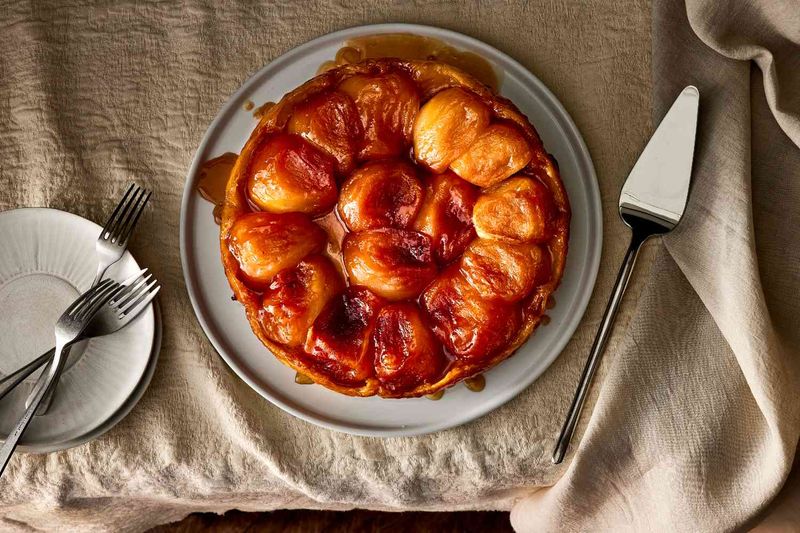
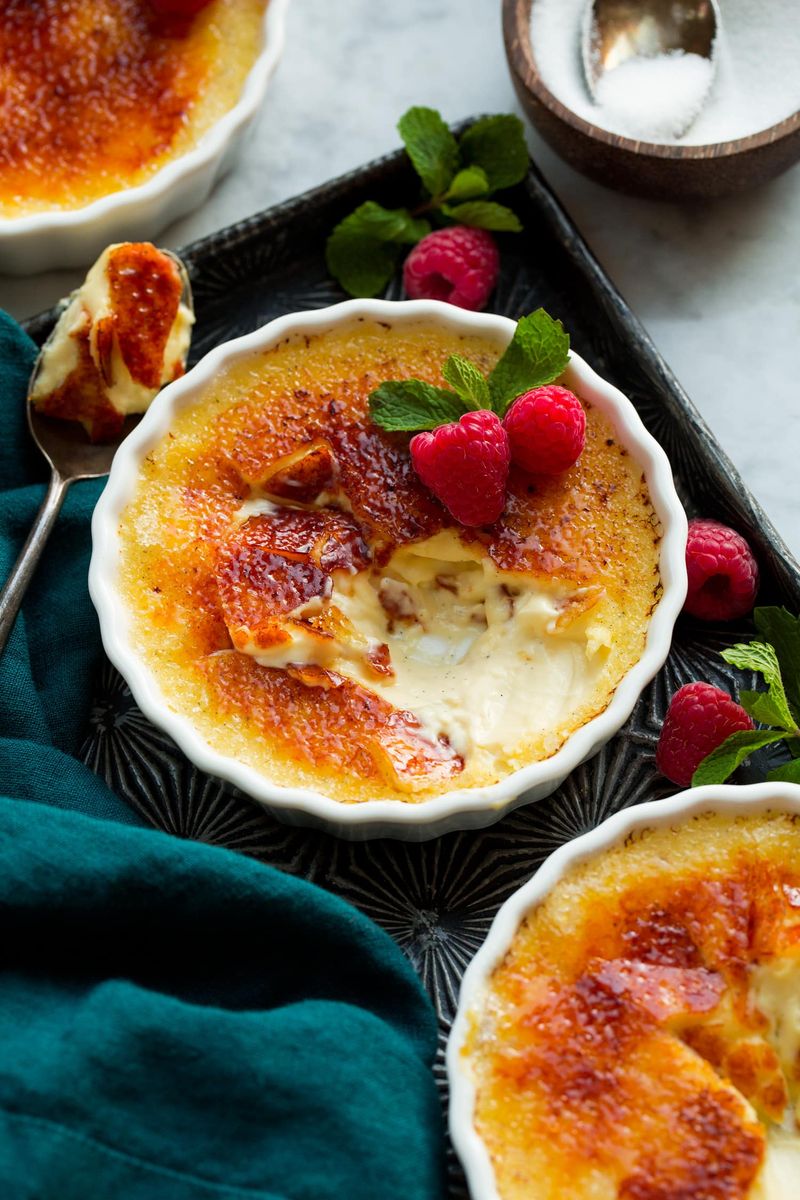
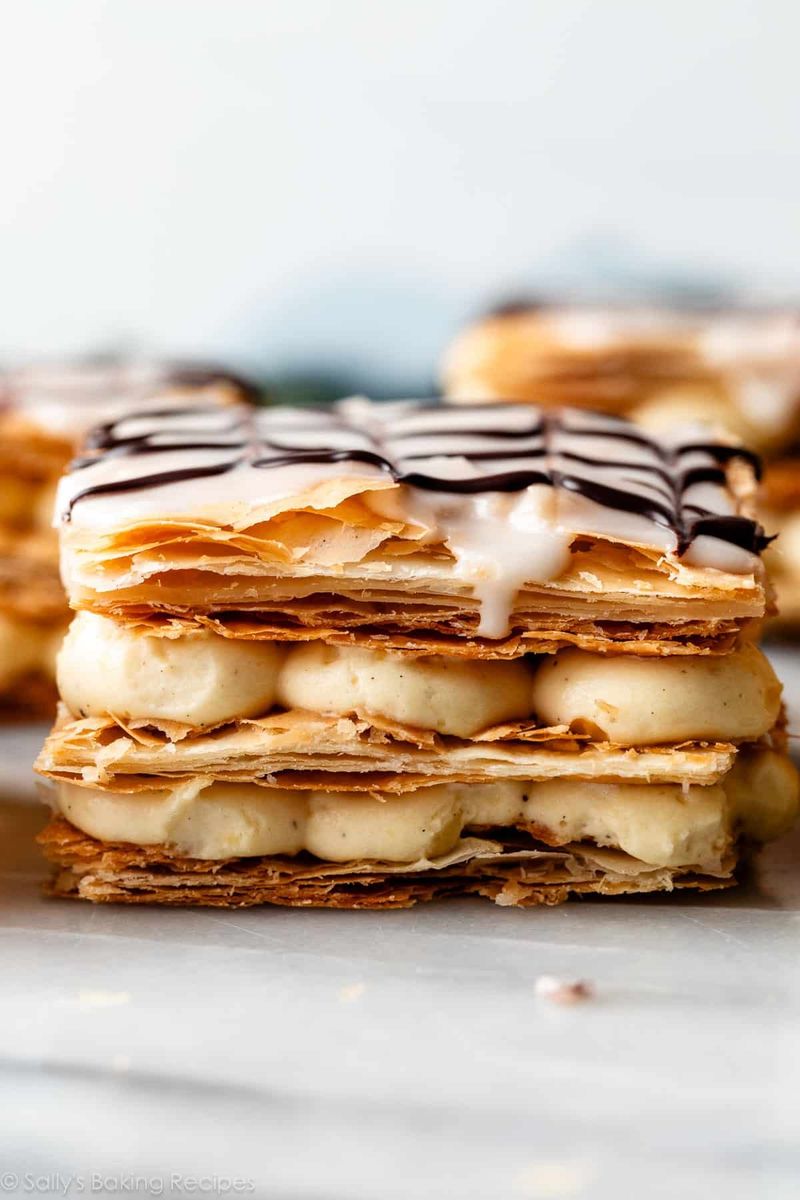
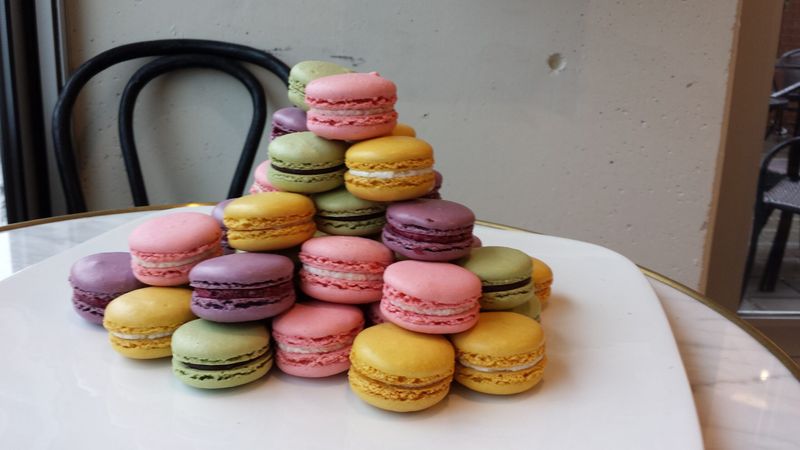
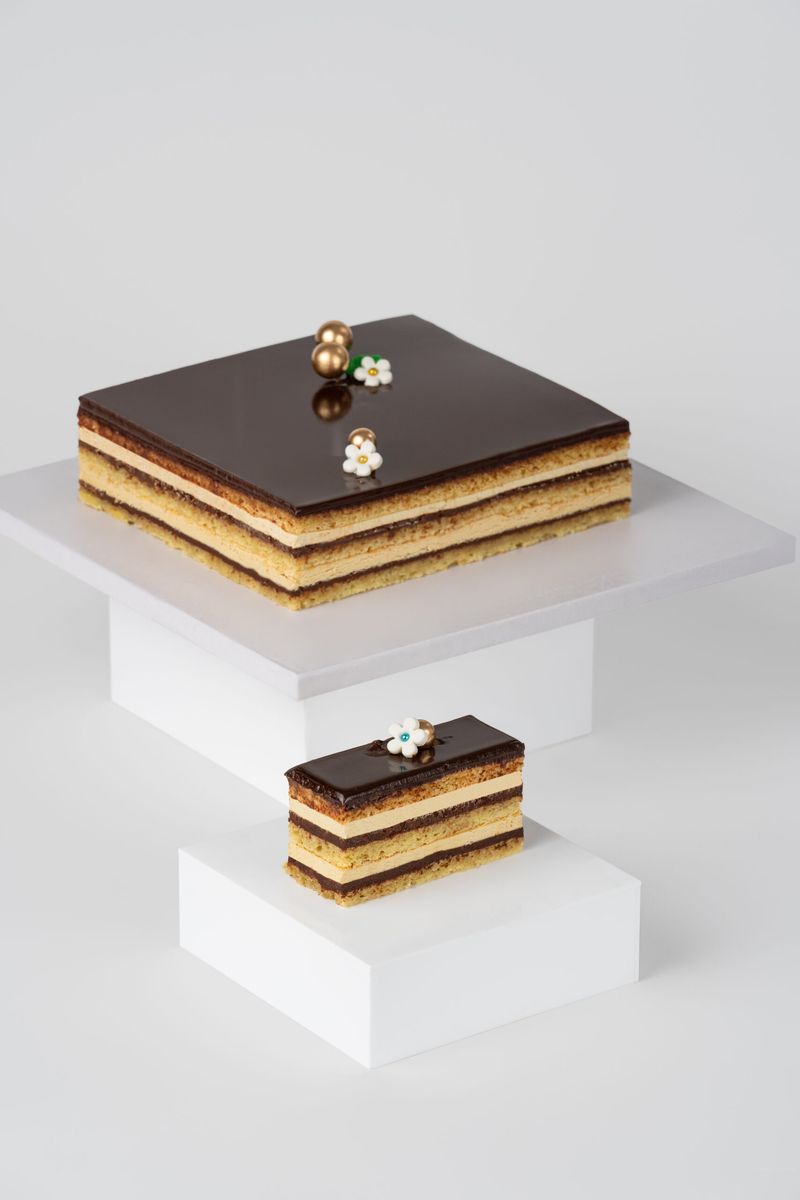
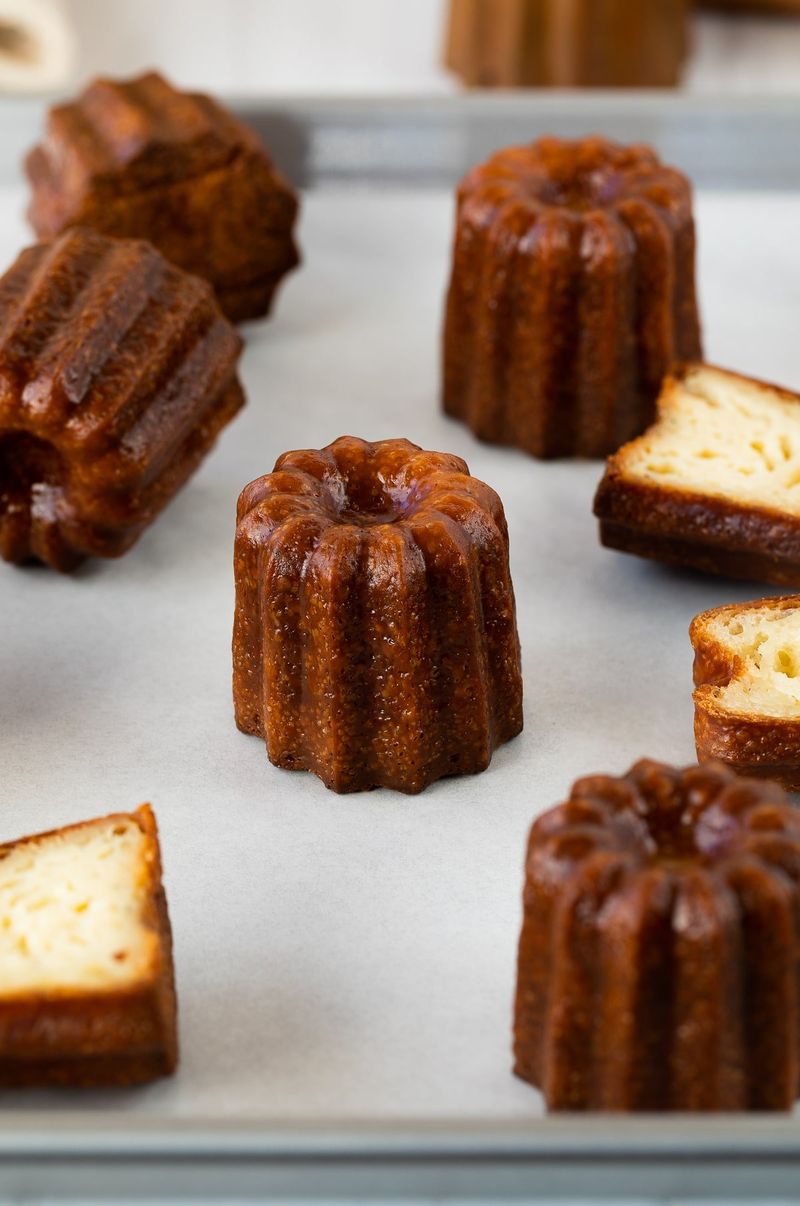
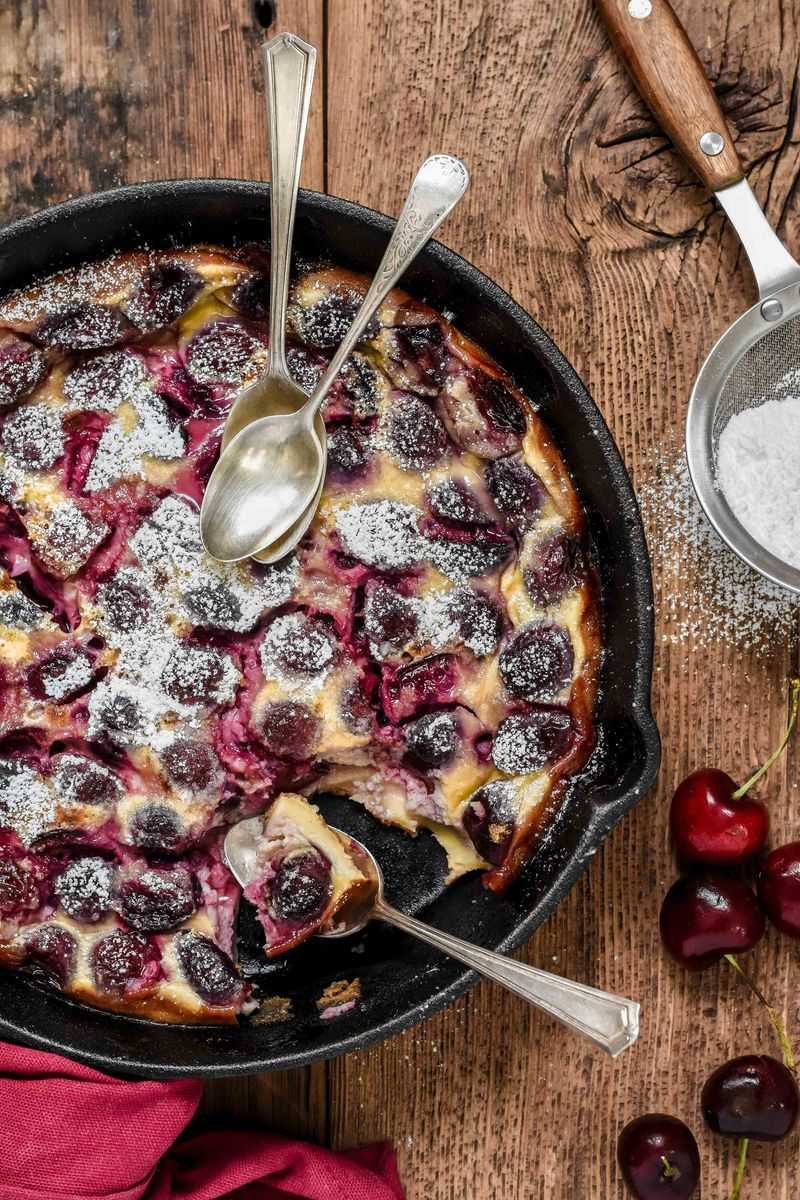
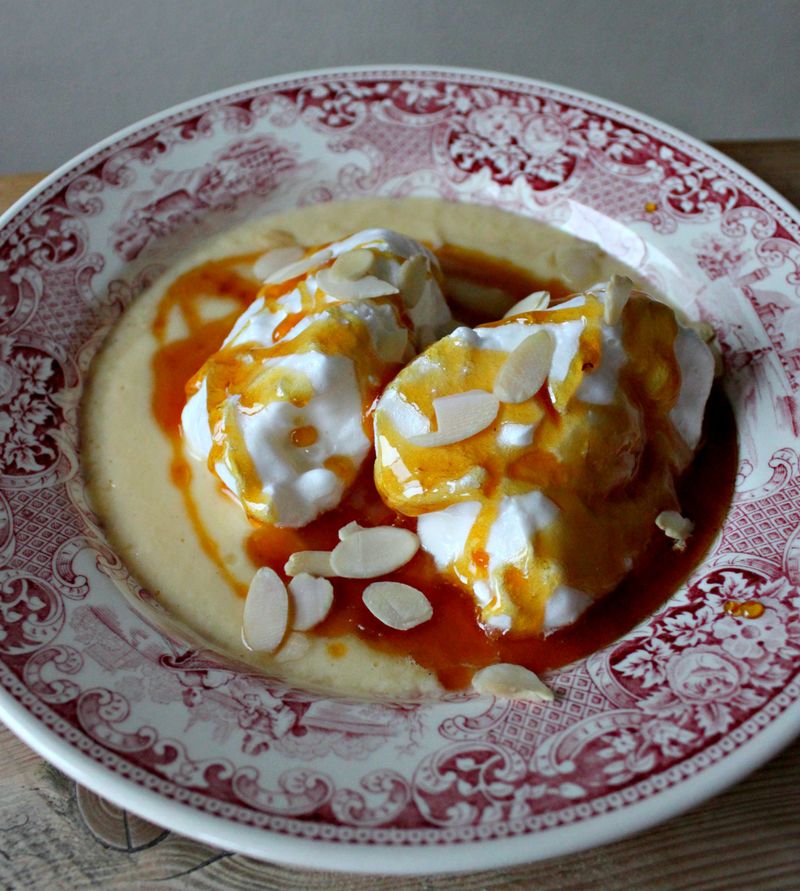
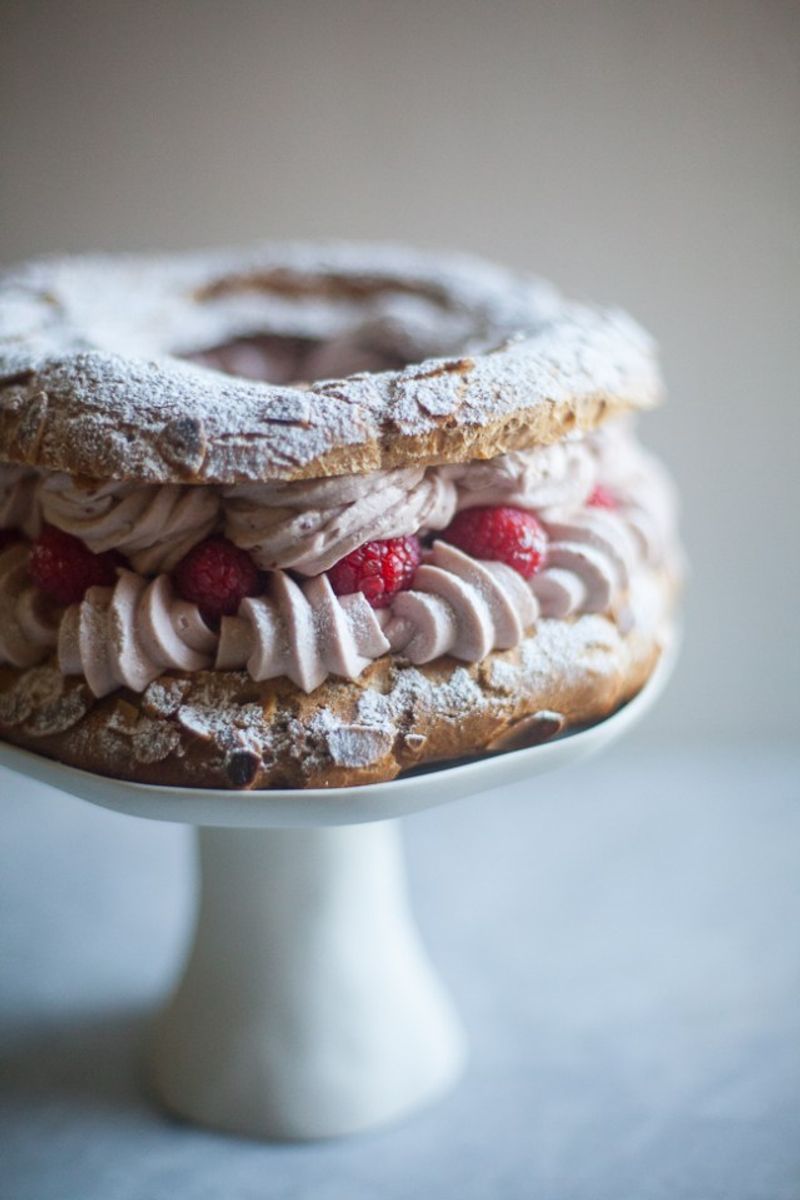
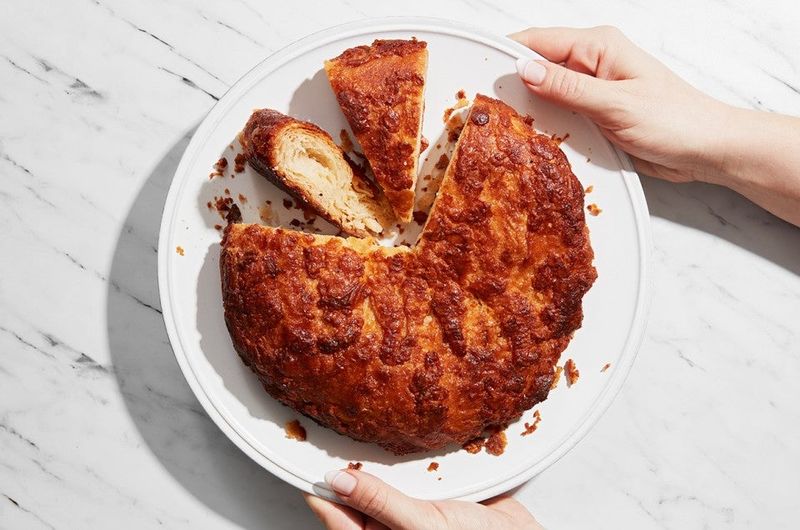
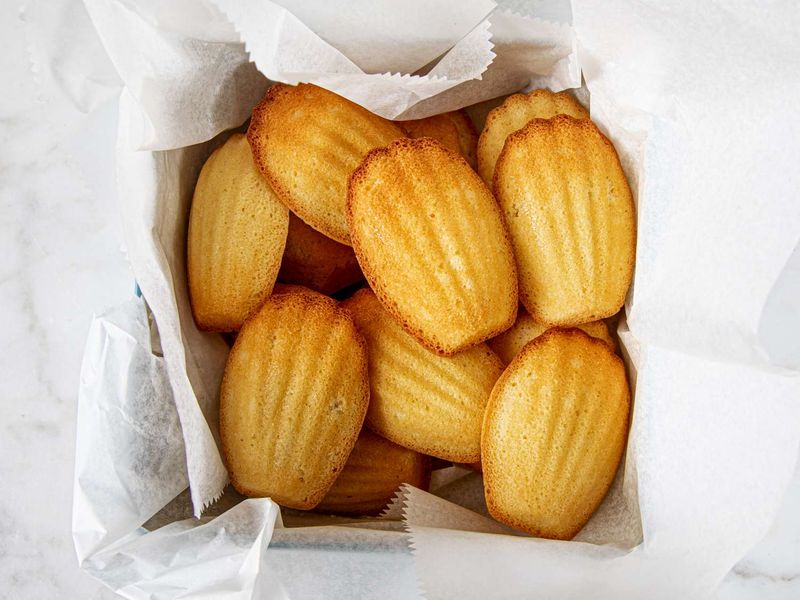
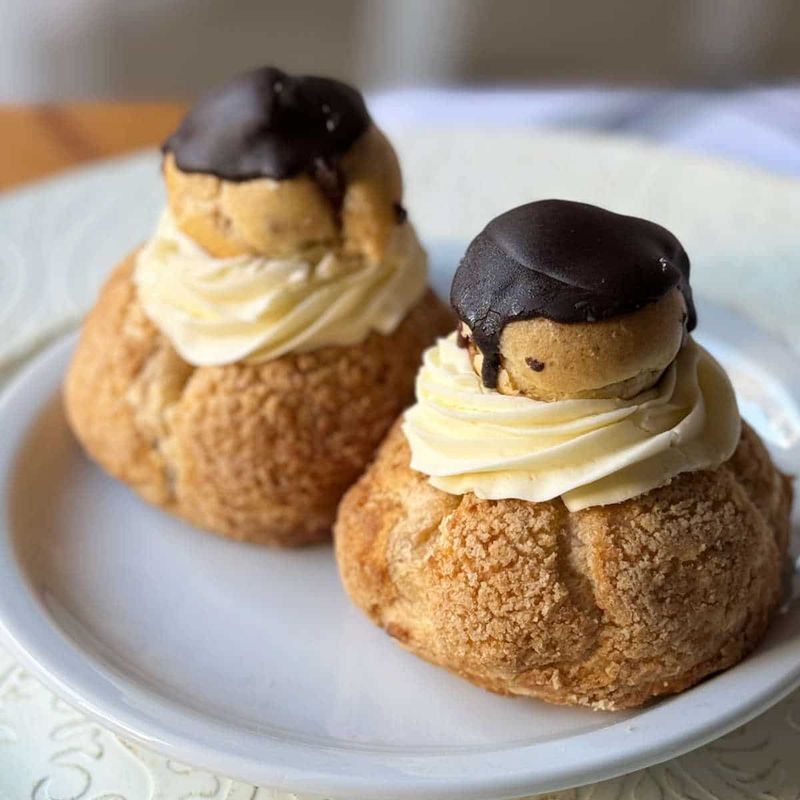
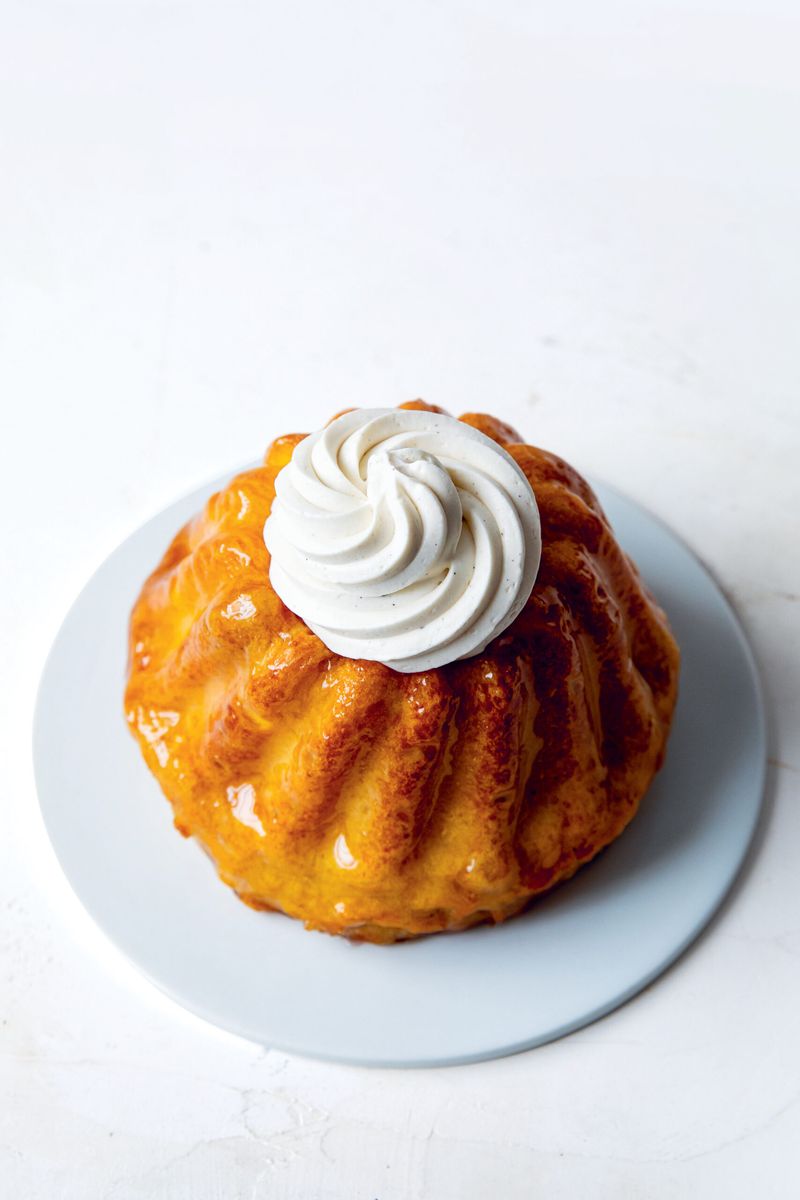
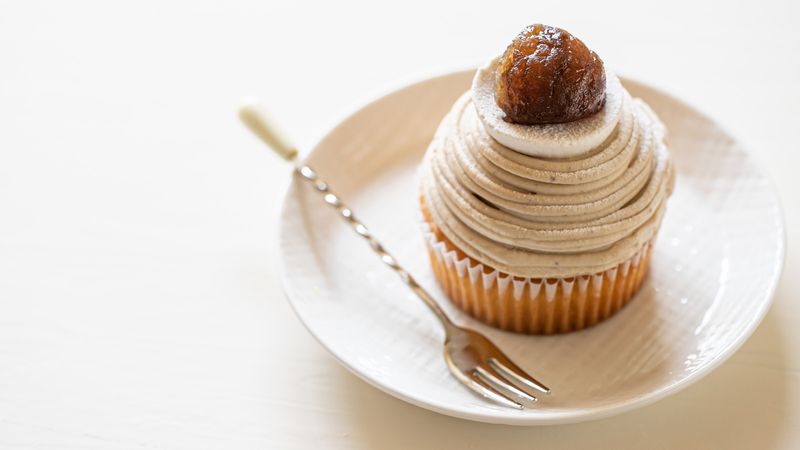

Leave a comment